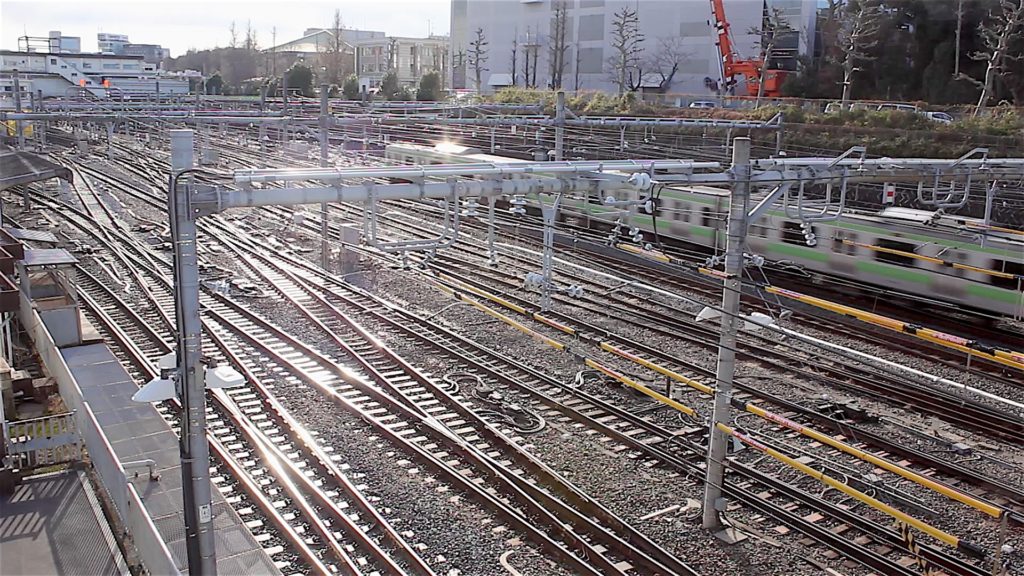Foundation: 1987
Headquarters: Shibuya Ward, Tokyo
President: Yuji Fukasawa
Executive Summary: East Japan Railway Company (JR East) is the predominant railway operator in the Kanto region and the largest railway company in Japan. It emerged as the largest of the seven private entities following the 1987 dissolution of the state-run Japanese National Railways (JNR). JR East generates significant revenue not only from its rail services but also from diverse sectors including hotels, real estate, construction, and car rentals.
The company’s history can be linked to Japan’s initial railway developments in the 1870s. In 1906, under the influence of Home Minister Takashi Hara, who later became Prime Minister, seventeen railway companies were nationalized to form JNR. Much of the railway infrastructure was devastated during the Pacific War by US bombing, and recovery was slow under the US Army’s Transportation Military Railway Service during the Occupation Period (1945-1952). However, the rapid economic growth of Japan post-war allowed JNR to flourish, highlighted by the introduction of the Shinkansen high-speed train services just before the 1964 Tokyo Olympics.
The political clout and assertiveness of railway unions later became a concern for the conservative government. Under the pretext of managing JNR’s overwhelming debt, Prime Minister Yasuhiro Nakasone’s administration decided to dismantle and privatize JNR. For JR East, serving the densely populated capital region, privatization was particularly successful. Today, JR East’s annual revenue is in the range of US$30 billion.

